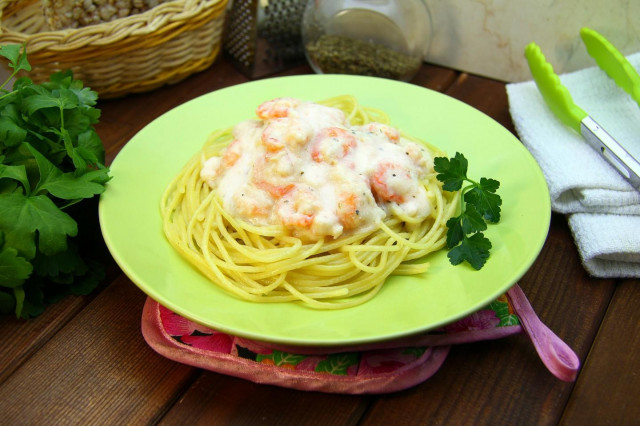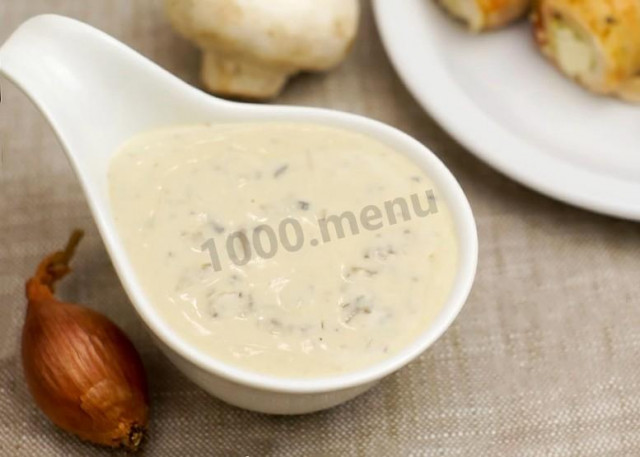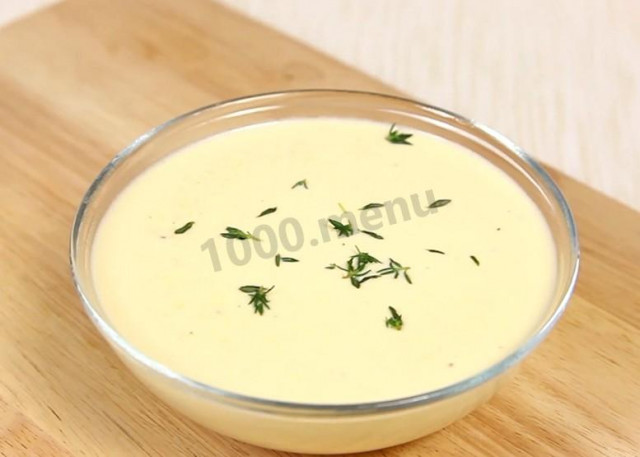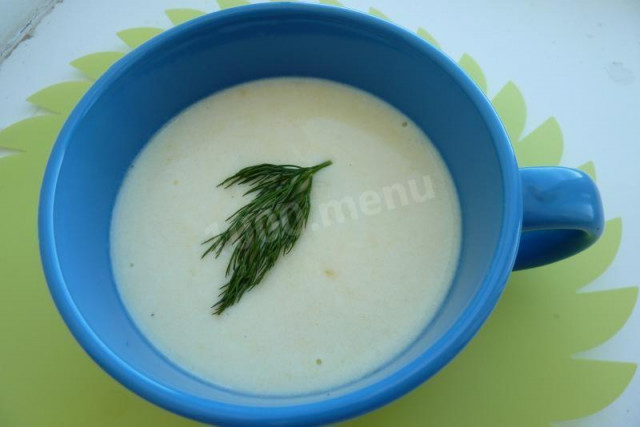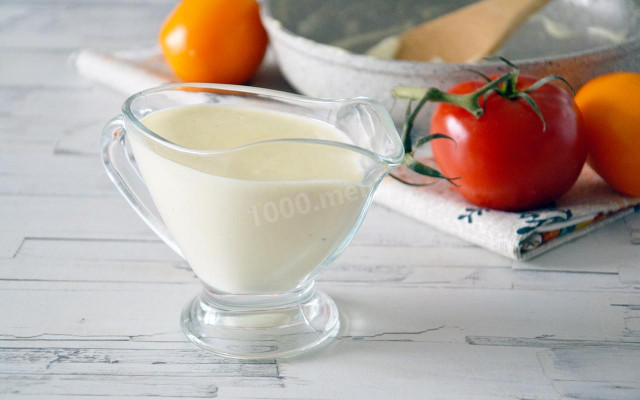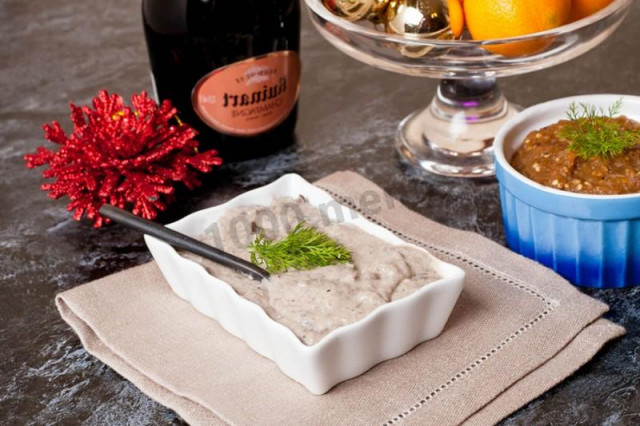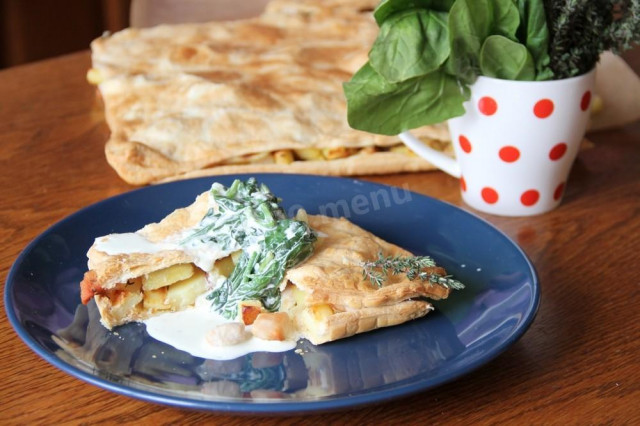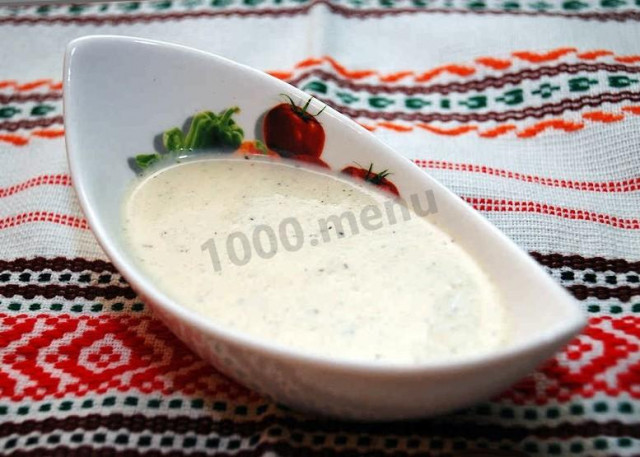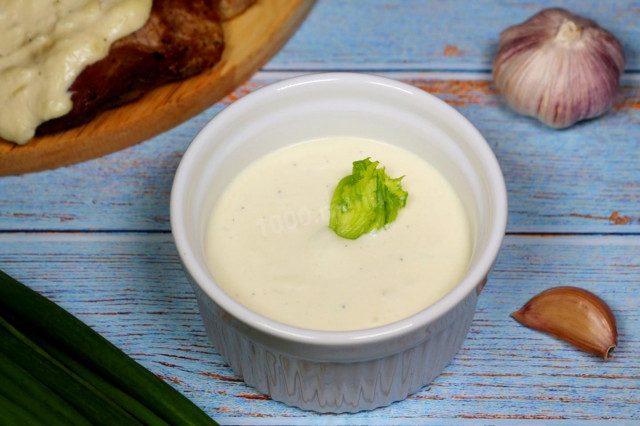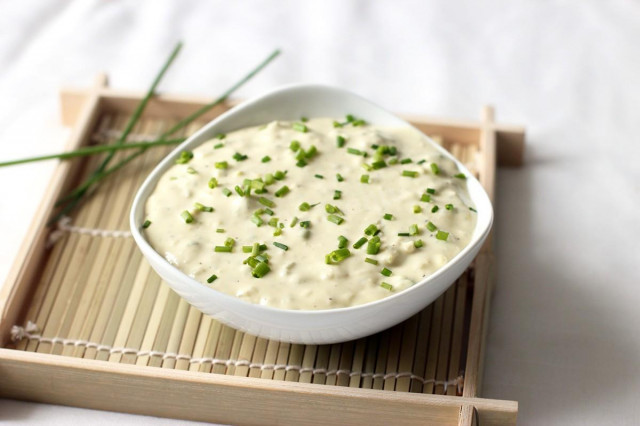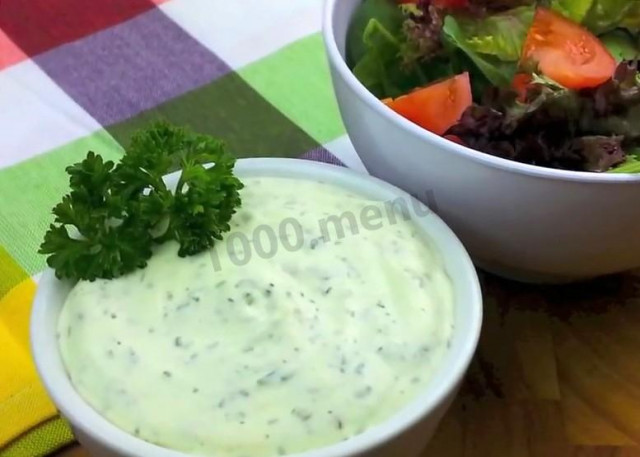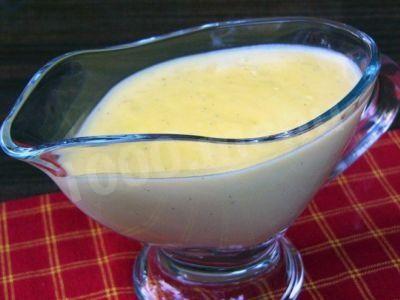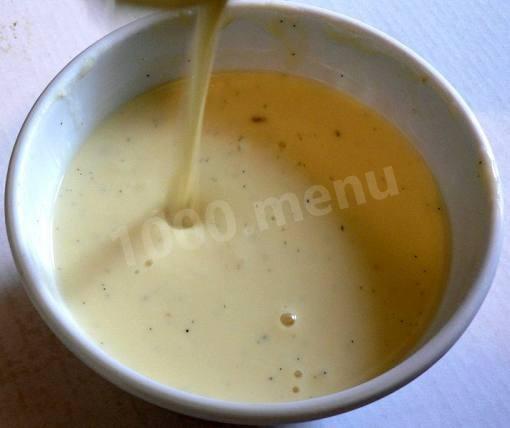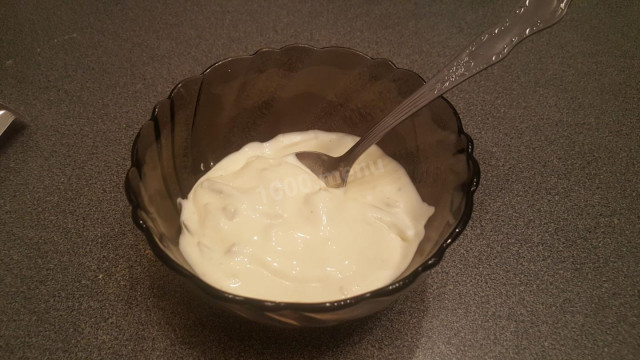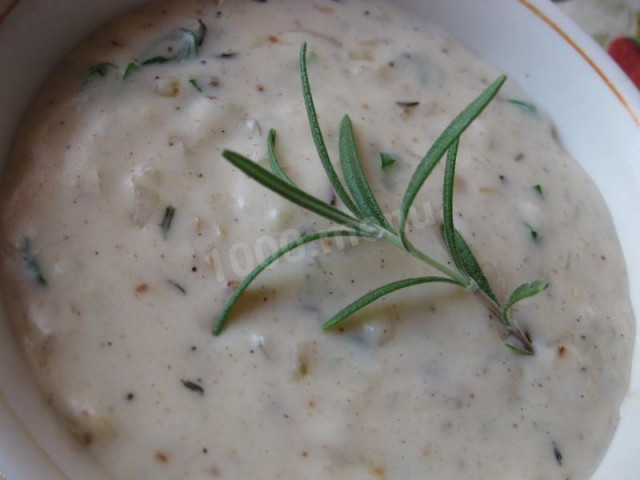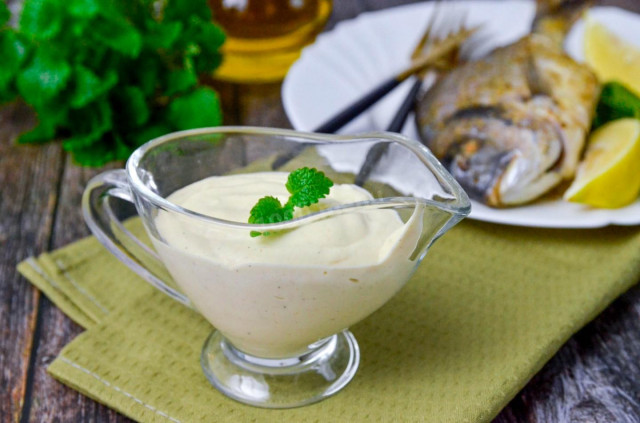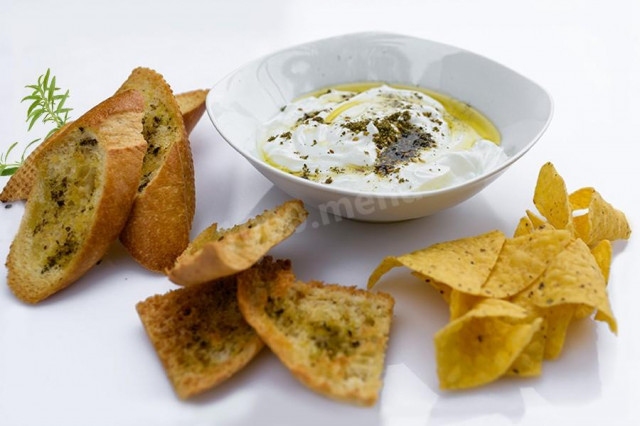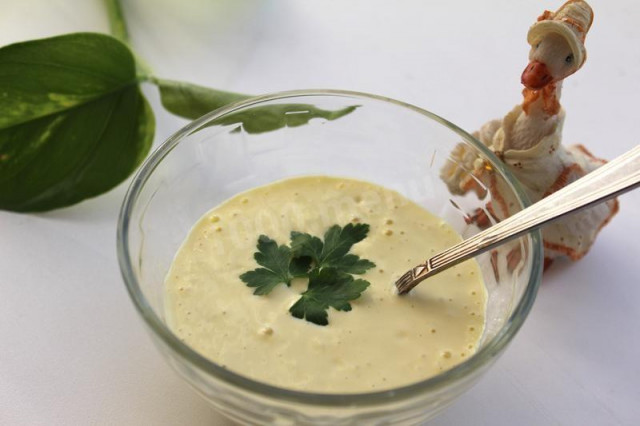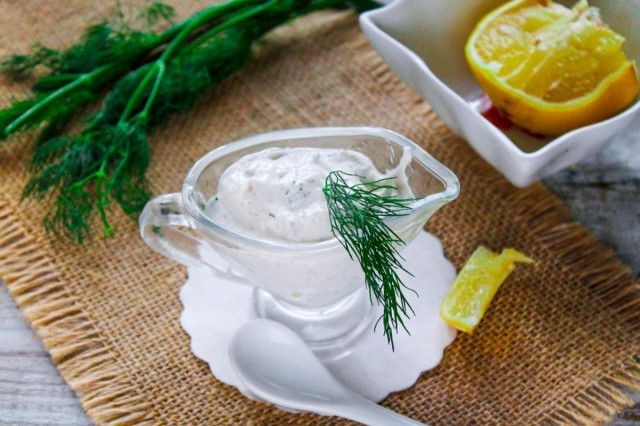Therefore, knowing how to cook it is beneficial and useful for every culinary master. Recipes for white sauces are diverse - this section combines the ideas of basic preparations and dishes with more pronounced taste qualities. The former are successfully used as a fundamental element for creating original additions to the main treat, the latter are traditional for the cuisines of some peoples and the sequence of their preparation implies compliance with a certain technology.
The Five most commonly used ingredients in Recipes:
| Product | Calories per 100g | Protein g per 100g | Fats g per 100g | Carbohydrates g per 100g |
|---|---|---|---|---|
| Butter | 734 | 0.5 | 82.5 | 0.8 |
| Milk | 68 | 3.2 | 3.6 | 4.8 |
| Flour | 325 | 12 | 1 | 67 |
| Cream | 300 | 2.8 | 20 | 3.6 |
| Lemon juice | 16 | 0.9 | 0 | 3 |
An important stage is the browning of flour in butter with the addition of milk. At this stage, you need to be careful, observing the time specified in the recipe - the flour should absorb the oil, but at the same time, the mixture should not burn. You can transform the taste of a dish by adding just one or two components. Among the possible modifications are mushroom, shrimp, caper, onion, cheese, with herbs. Sautéing usually takes a little time, whereas the sauce is stored in the refrigerator for a relatively long time, and it can be served with meat, fish, vegetables and mushrooms.
